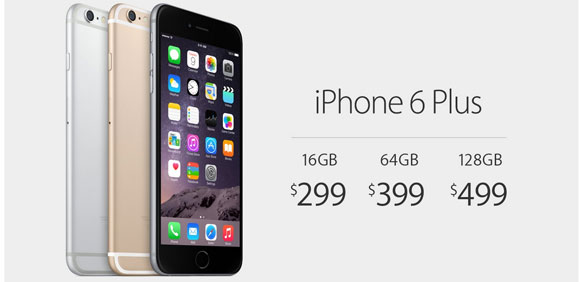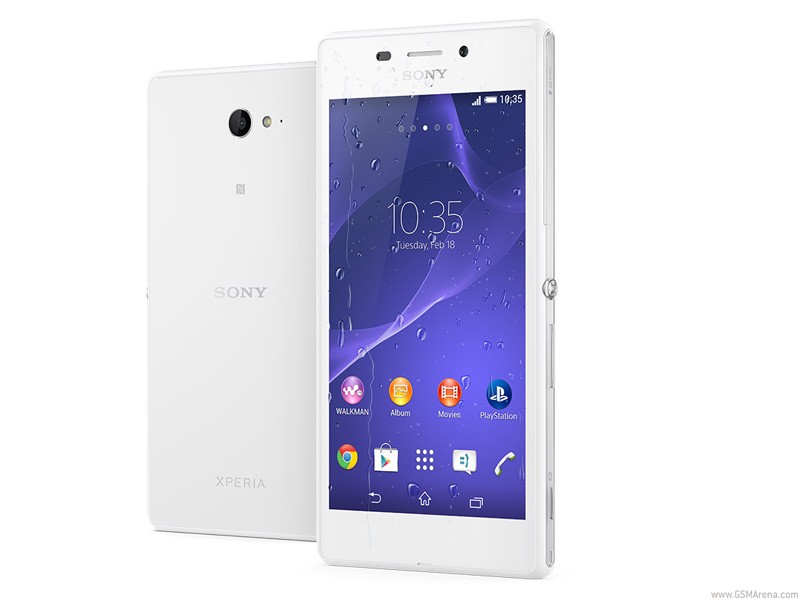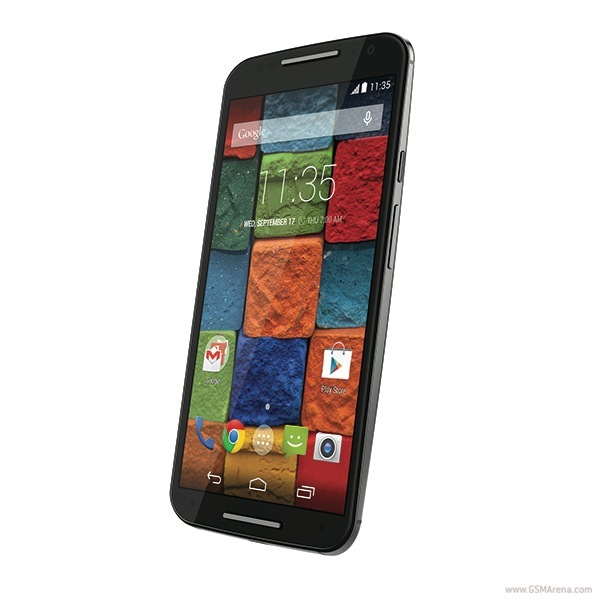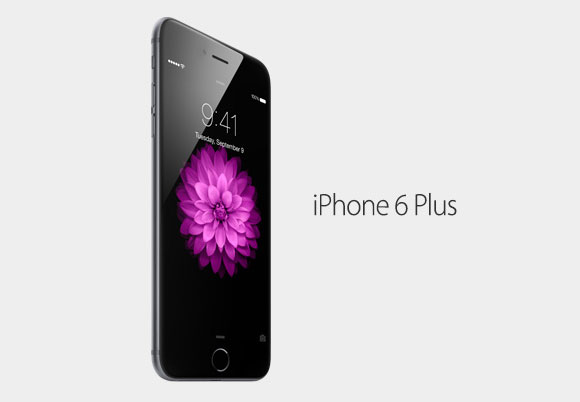The Apple iPhone 6 Plus
is now official. It's built around a 5.5" IPS LCD display with an Retina HD resolution (1920 x 1080 pixels or, in other words 1080p). The pixel density is 400 ppi and iOS 8 has been tweaked to take full advantage of the larger display.
The back of the iPhone 6 Plus is made of anodized aluminum and the stainless steel frame of the phone ensures its rigidity.
The user interface has been optimized to take advantage of the larger screen and offers split-screen mode in several apps like earlierleaks suggested.
The new 64-bit A8 chip that powers the Apple iPhone 6 Plus is built using the 20nm manufacturing process. Thanks to this it's more power efficient, while still offering 25% more CPU power and 50% GPU boost.
The iPhone 6 Plus supports 20 LTE bands, but only 150Mbps cat4 LTE, rather than the latest 300Mbps Cat 6. On the positive side the phablet comes with VoLTE and Wi-Fi 802.11ac, which promises 3x faster Wi-Fi compared to the iPhone 5s. Wi-Fi calling is also a new feature, which will work on T-Mobile in the US and EE in the UK.
Further on, the iPhone 6 Plus packs NFC, another first for the company. Thanks to it, you'll be able to make payments by using Apple Pay - Apple's own NFC payment system.
At the back, the iPhone 6 Plus uses a 8MP iSight camera with a True Tone dual LED flash. The pixel size is slightly larger than the iPhone 5s at 1.5μ and the aperture is f/2.2. Most importantly, the iPhone 6 Plus has an optical image stabilization - a first for the company.
There's phase-detection autofocus that should improve focusing speed twice. It is part of the A8 chip, which also includes powerful image signal processor designed by Apple.
The Apple iPhone 6 Plus camera records 1080p video at 30 and 60fps. There's a slow-mo shooting available, too, at 240fps, but its resolution hasn't been specified.

The iPhone 6 Plus will start at $299 for the 16GB version, while the 64GB and 128GB will retail for $399 and $499, respectively.
iPhone 6 Plus pre-orders commence on September 12 and will ship a week later on September 19.








